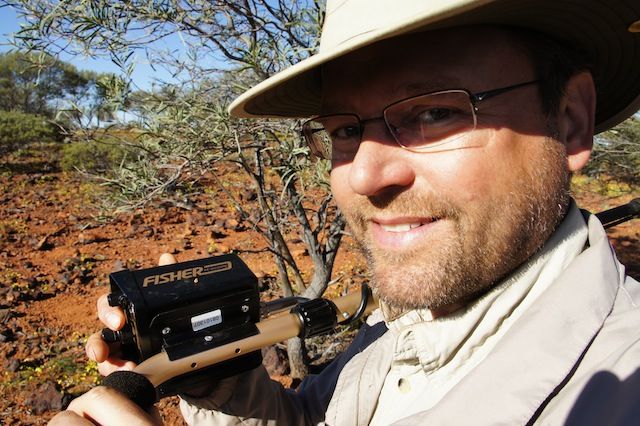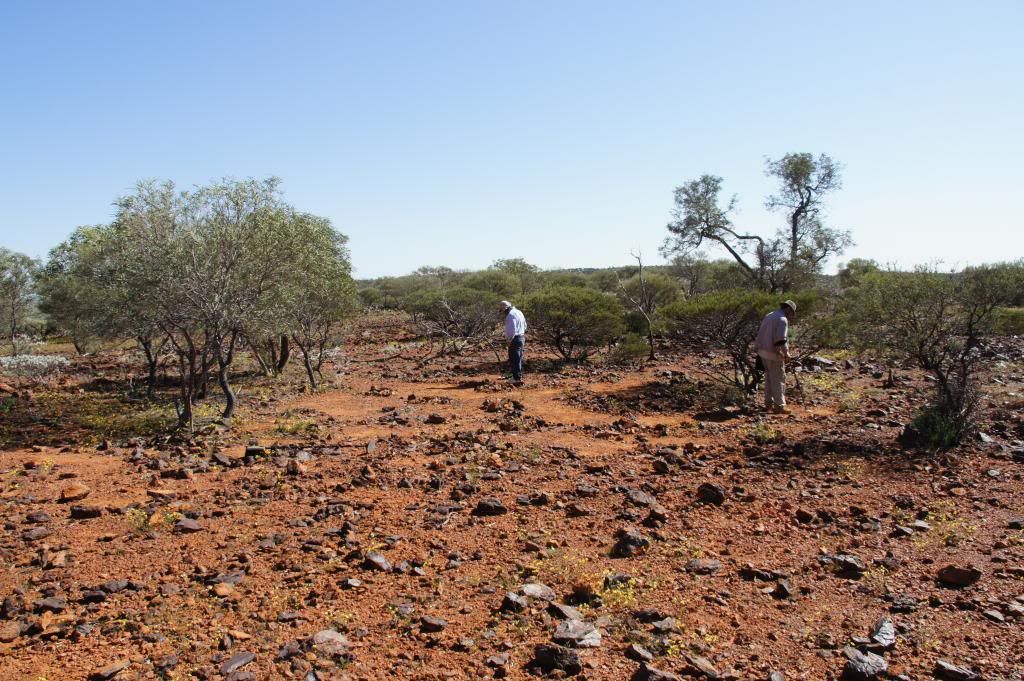Jp, i hear you with the use of s/extra...yet the depth when dealing with large bedrock, deep cracks, big rocks just isn't there....the use of Sharp was an accidental find combo'ed with the Commander DD some time back for me. Since than the release of a few smaller mono coils became available, but offer no disc as you know.
The small coil when working such areas lacks the reach on small gold being used as a pseudo mono, Sharp extends that reach. Just as you say, it gives it that oomph that has the ability to pick up a tin can well outside what you would expect for such a tiny pseudo mono coil. Yet the small nature and design of the Commander DD coil used in pseudo mono, pings those tiny bits with ease.
Boost and a high gain i feel bring back that sensitivity lost in the timing.....EMI is of little concern which for me means im able to use the stabilizer above FP...(never thought id say that ), but that timing even though its set up for grunt, is less susceptible to the effects of EMI when coupled to such a small coil. Some rock cavities will react, but if there is metal in there, its reaction is well noted above the build up of minerals due to the DDs ground canceling abilities.
One such cavity produced around 9g of the right color mixed with small bits of ferrous junk. If only they were all that full. looking for those glory holes for me in trap rock areas is like letting a child lose in a candy shop.
I do hear what your saying about experimenting with the other timings/filters, and with each timing comes a sort of trade off as you have mentioned in the passed. In some areas the use of s/extra would be the better choice, yet having to continuously raise the coil over rocks causes some timings to lose their ability to reach. Sharp i feel has the edge here.
The GMT running flat out has some pretty good sensitivity, it wont compete depth wise, but will add a more reliable disc with the sampling of targets with each pass of the coil. That alone means more time swinging. One big discrepancy with the GMT running flat out......the volume/gain control are combined, meaning not even an enhancer will suffice without a compression circuit.
PS. Don't suppose you wont to build me a B&Z with a variable compression circuit.?



